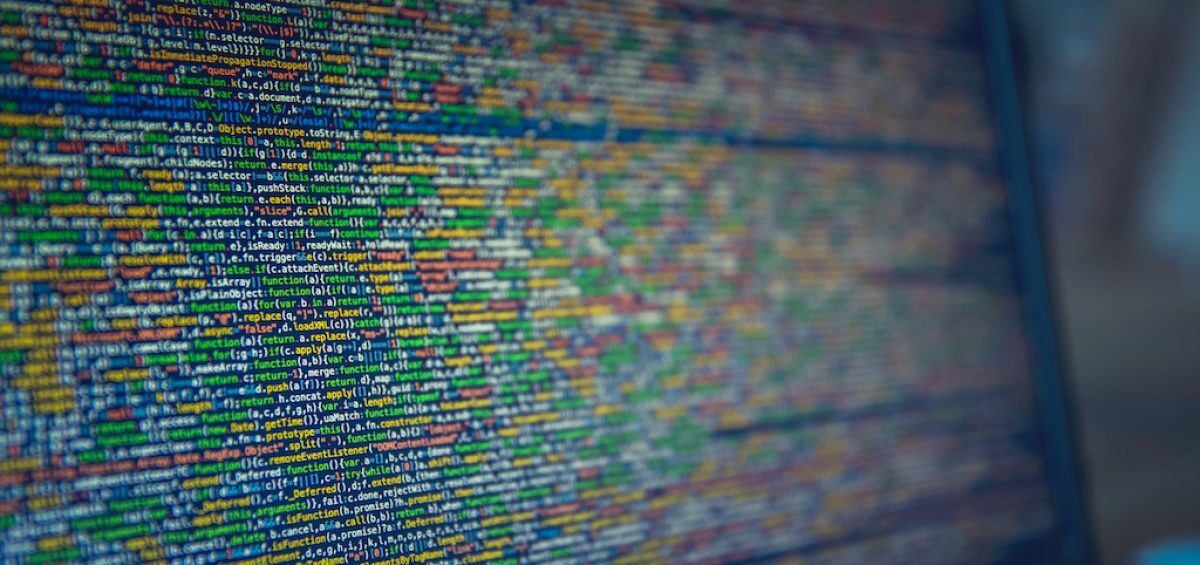AI and Cyber Security – Trending of Late
What do Artificial Intelligence (AI) and cyber security share in common? A lot probably. But over the past little while we’ve seen them both become important topics in many tech conversations. Where they overlap presents an interesting and disruptive opportunity in the cybersec world. With rapidly evolving new challenges and the need for sustainable solutions, AI has the potential to disrupt cyber security in 2017.
AI is not just a buzzword — it’s taking over. A recent White House report points to millions of human jobs being replaced by computers. A 2013 study by Oxford similarly said almost half of all jobs were at risk.
And it’s not just manual labour like factories and warehouses: AI is already selling us our groceries , diagnosing cancer without doctors and operating vehicles. Driverless cars are projected to save the U.S. over $300 billion in auto accident prevent, not to mention countless lives.
Elon Musk has invested in his own AI outfit, OpenAI. And just this month, online retail giant Amazon purchased an AI cyber security firm. We’ll talk more about that later.
AI vs Machine Learning
An important distinction to make is the difference between AI and machine learning. As IT Security Guru points out, “AI is a subfield of computer science making intelligent machines, while machine learning is a subset of AI and is typically associated with statistics, data mining and predictive analytics. Simply put, machine learning is the actual implementation of the methods (algorithms) that support AI.”
AI Disrupting Endpoint Security Market
In 2017, AI could be the most disruptive element for the endpoint security market — and there are a number of factors influencing that. Namely, workforces are becoming mobile, technology is increasingly ubiquitous (particularly through devices and the Internet of Things) and hackers are adopting machine learning for themselves.
For IT and cyber security professionals, this evolving environment presents new threats. Computers have already been shown to be able to hack other systems. AI can also be used to improve attacks. Take phishing and ransomware for example. ZDNet notes that basic sequence-to-sequence machine learning could be installed on devices and computers to monitor a user’s communications. After a period of observation, the program could mimic the user’s writing style to reach out to contacts and convince them to click on a malicious link or attachment.
These same machine learning algorithms could be used against social media accounts and online shopping profiles to steal data or entire accounts. All the program would need to do is make accurate guesses to reset passwords.
The key learning: the biggest concern with AI is it may always be one step ahead of cyber defenders.
Taking AI on the Cyber Security Offensive
Fortunately, we are fighting back. IBM’s Watson uses cognitive computing to help Fortune 500 companies with their cyber security. Others are using machine learning algorithms to study attacks of the past to predict and prevent similar incidents in the future.
Machine learning coupled with Big Data can also assist organizations like banks sniff out unusual user behaviour and mark it as suspicious, catching hackers in the act. It may even address the shortage of cyber security professionals.
Current malware detection often relies on recognizing certain types of malicious code; AI can help defend against the rising threat of evolving malware, which changes frequently and unpredictably. These programs can then also create automated investigative algorithms to track down the cyber criminals responsible.
As Business Insider reports, Amazon’s purchase of harvest.ai offers insight into how a large organization could implement AI in cyber security. The company’s cloud business, AWS, may be using the firm to ease firms about cloud implementation among IT professionals. It may also be using harvest.ai to make its existing AI team more robust, particularly as it attempts to get its virtual assistant Alexa into the lives of more consumers.
The downside the current AI disruption of cyber security efforts is they tend to yield many false positives, a large reason why computers won’t be replacing humans in our field just yet. As organizations value this technology more, however, 2017 may be the year we see the job title CAIO (Chief Artificial Intelligence Officer) popularized.
Ultimately, we will have to continue learning to adapt — or perhaps a machine will learn it for us.




Leave a Comment